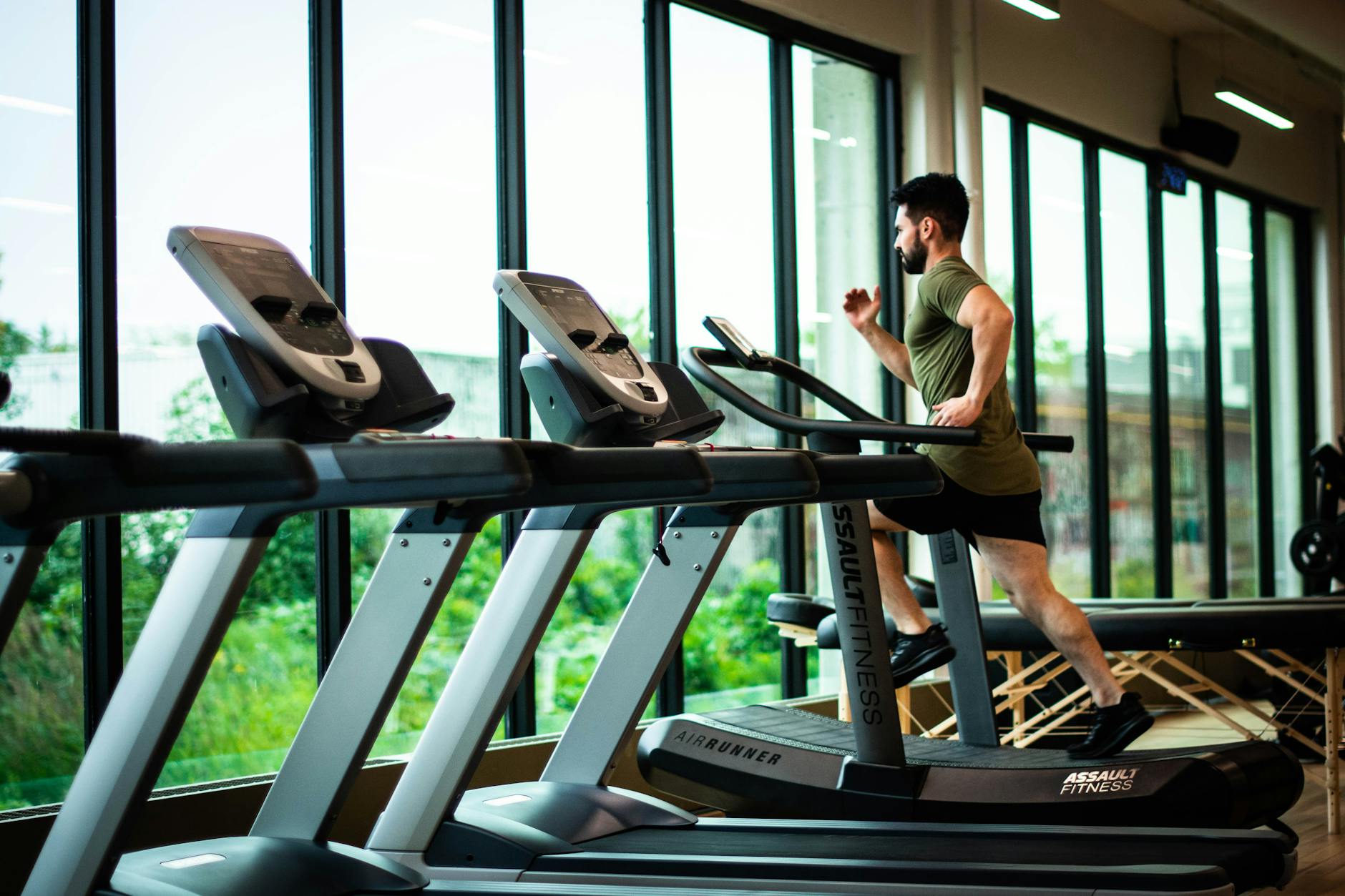When you walk outside on a hot, sticky day, you can almost feel the humidity wrapping around you like a heavy blanket. But what exactly is this humidity that’s making you feel so uncomfortable? It’s all about the moisture in the air, and how your body reacts to it.
Understanding Humidity: Absolute vs. Relative
Humidity is the amount of water vapor in the air, and it can be measured in a couple of different ways. Absolute humidity is the total mass of water vapor present in a given volume of air. On the other hand, relative humidity (RH) is a more common measure, representing the current amount of water vapor relative to the maximum amount the air can hold at that temperature. Simply put, RH tells you how close the air is to being fully saturated with moisture.
For instance, a reading of 100% RH means the air is totally saturated, creating the potential for rain. However, it doesn’t have to be raining for high humidity to make you feel like you’re swimming through the air.
How Humidity Affects You
Your body cools itself through sweating. When sweat evaporates, it takes heat away from your body. But when the air is already saturated with moisture, sweat can’t evaporate as efficiently, leaving you feeling hotter and more uncomfortable. In extreme cases, high humidity can even lead to heat exhaustion or heat stroke.
Conversely, low humidity allows sweat to evaporate more quickly, which can make the air feel cooler than the actual temperature. That’s why you might feel more comfortable in dry heat than in humid conditions, even if the thermometer reads the same.
The Dew Point: A Better Measure of Comfort
While RH gives you a sense of how much moisture is in the air, the dew point is actually a better indicator of how uncomfortable you’ll feel. The dew point is the temperature at which air becomes fully saturated with moisture and dew forms. A higher dew point means more moisture in the air, which makes it feel muggier.
For example, if the dew point is above 18°C, the air will likely feel oppressive, especially during physical activity. On the other hand, a dew point below 13°C is generally comfortable for most people.
Interpreting Weather Reports
Weather reports often give you the air temperature and the “feels like” temperature, which takes into account both the air temperature and the humidity. For example, if the air temperature is 29°C but the humidity makes it feel like 33°C, that “feels like” temperature is factoring in how the humidity is affecting your body’s ability to cool down.
Remember, the closer the air temperature is to the dew point, the more humid it will feel. In winter, you might not notice high humidity as much because cold air holds less moisture, but in the summer, even a small increase in humidity can make a big difference in comfort.
Staying Comfortable in Humid Conditions
To stay comfortable in high humidity, make sure to wear lightweight, breathable clothing and stay hydrated. Use fans or air conditioning to help circulate air and keep your environment as dry as possible.
By understanding how humidity works and how it affects your body, you can better prepare for those sticky summer days and avoid the discomfort that often comes with high humidity.



